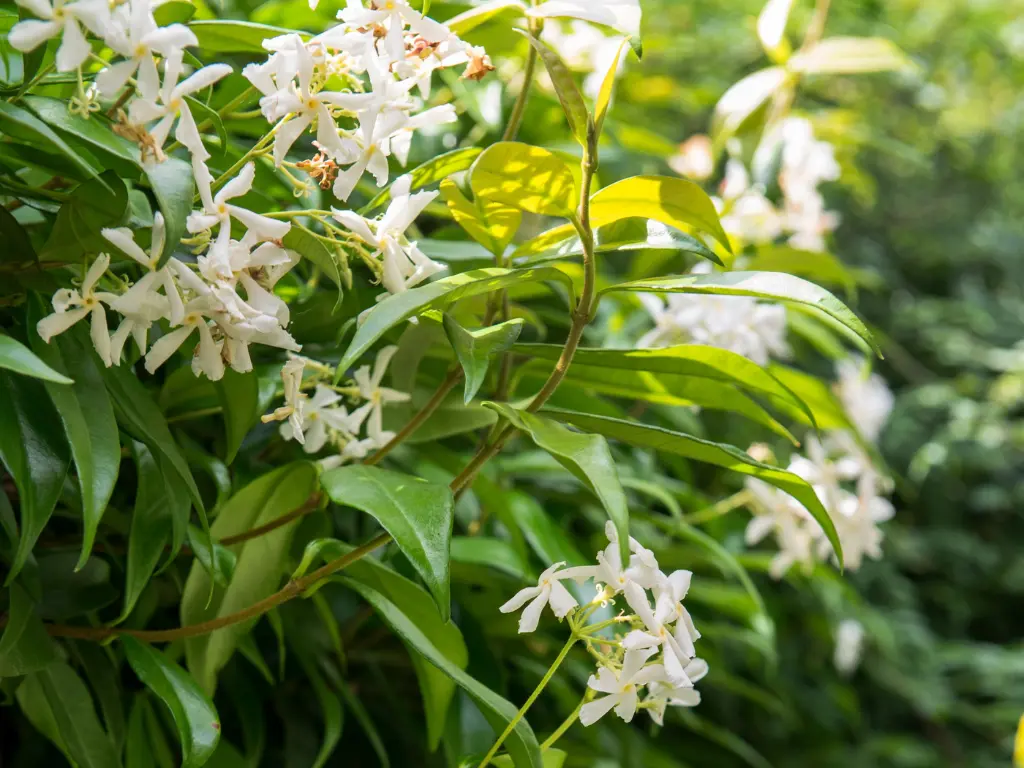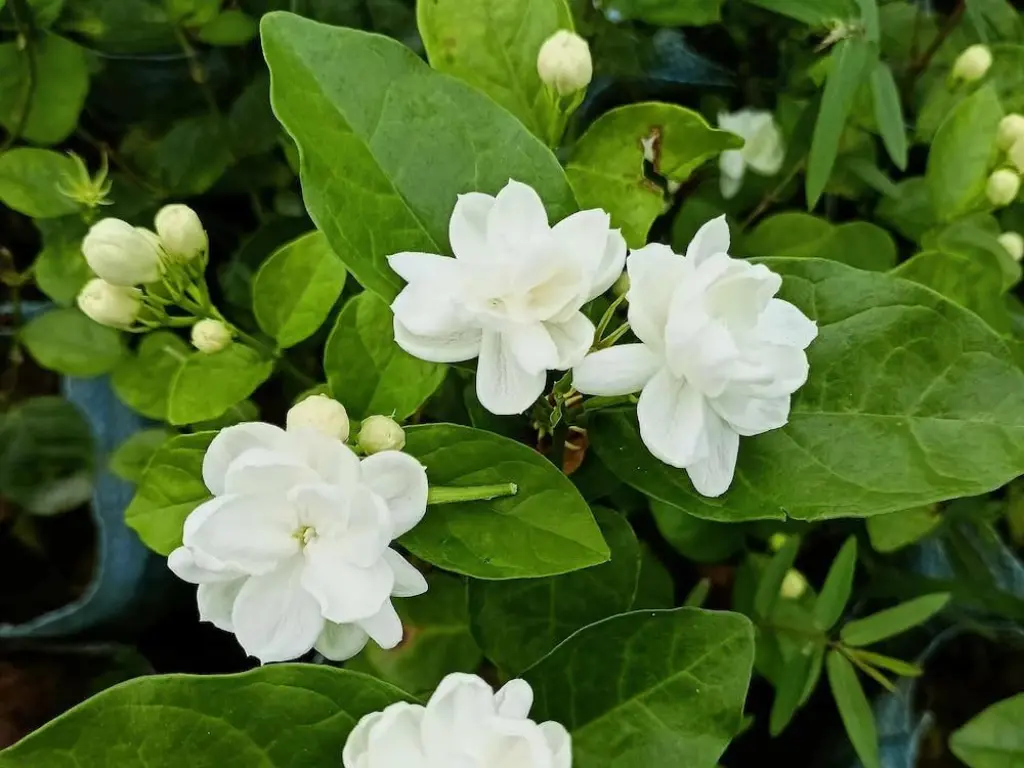Are you struggling with trimming your jasmine plant? Or maybe you’re unsure when to trim it or how to keep it blooming beautifully? No worries – you’re not alone. Trimming jasmine can be a bit tricky, but with the right knowledge and tips, you’ll be able to care for your plant like a pro and enjoy its fragrant blooms year after year.
In this guide, we’ll walk you through everything you need to know about trimming jasmine. From selecting the right tools to understanding the best time to trim, we’ve got you covered. Follow these steps and watch your jasmine thrive in your garden!
Why Trimming Jasmine is Important

Trimming jasmine isn’t just about keeping your plant tidy – it’s about promoting healthy growth and abundant blooms. Regular trimming helps remove dead or diseased branches, which encourages stronger, fresher growth. It also improves air circulation, reducing the risk of fungal diseases and helping the plant thrive.
Without proper trimming, jasmine plants can become overgrown and tangled, which could limit their flowering potential. So, getting it right is crucial for maintaining a beautiful and healthy plant.
What You Need to Know Before Trimming Jasmine
Before you grab your pruning shears, it’s important to know the basics. The right tools and understanding the plant’s needs will make your trimming process easier and more effective.
1. Essential Tools for Trimming Jasmine
To trim your jasmine, you’ll need a few basic tools:
-
Pruning Shears: These are essential for cutting smaller stems and branches. Make sure they’re sharp and comfortable to hold for precision trimming.
-
Loppers: For thicker branches, loppers give you more leverage and help you cut more easily.
-
Gloves: Protect your hands from sharp twigs and any thorns with a sturdy pair of gloves.
-
Pruning Saw: If you need to cut through large, woody stems, a pruning saw will work best.
2. Understanding Different Jasmine Varieties
Did you know that there are several different types of jasmine plants, each with its own pruning needs? The most common varieties include Jasminum sambac (Arabian Jasmine) and Jasminum polyanthum (Pink Jasmine). The good news is, once you know your plant’s variety, you can tailor your trimming method accordingly.
For example, some jasmine plants bloom on new growth (current year’s stems), while others bloom on old wood (last year’s growth). Understanding which type of jasmine you have will help you decide when and how to prune for the best results.
Read more: The Ultimate Guide to Arabian Jasmine Care and Growing Tips
When is the Best Time to Trim Jasmine?
Knowing when to trim your jasmine is just as important as knowing how. Pruning at the right time ensures that your plant blooms beautifully and stays healthy.
1. Early Spring (for most jasmine types)
The best time to trim most jasmine varieties is early spring, just before the new growth begins. Trimming in early spring allows you to shape the plant, remove any dead or damaged stems, and get rid of any excess growth from the previous season. By cutting back before new shoots start to appear, you’re helping the plant focus its energy on fresh, healthy growth.
2. After Blooming (for older wood bloomers)
If your jasmine blooms on old wood (last year’s growth), you should wait until after the flowers have faded to trim. Cutting too early can prevent the plant from blooming properly. Once the flowers have finished blooming, it’s time to trim back any spent blooms and tidy up the plant. This helps encourage new growth while maintaining the plant’s natural shape.
3. Avoid Pruning During Winter
Pruning during winter, when the plant is dormant, isn’t recommended. The cold temperatures can stress the plant, and any cuts made during this time can leave it vulnerable to frost damage. Stick to trimming in early spring or after blooming for the best results.
How to Trim Jasmine

Ready to get started? Here’s a step-by-step guide to help you trim your jasmine plant with confidence.
-
Start with Dead or Damaged Wood
Begin by removing any dead, damaged, or diseased branches. This helps improve the plant’s overall health and prevents potential issues. Make clean cuts just above a healthy node (where a leaf meets the stem), to encourage new growth. -
Tidy Up Overgrown Areas
Jasmine plants can grow quickly, so you may need to remove some of the excess growth. Trim away any branches that are tangled or growing too close together to improve airflow and reduce the risk of diseases. -
Shape the Plant
Once you’ve removed the excess growth, take a step back and think about the shape you want for your jasmine. You can prune to maintain a natural, sprawling look or trim back to create a more controlled, compact shape. Trim the longer branches to encourage branching and more flowers. -
Thin the Interior
For better air circulation, thin out the interior of the plant by removing branches that cross over each other or grow inward. This will help your jasmine grow stronger and prevent overcrowding, which can lead to fungal issues. -
Remove Suckers and Stray Tendrils
If you notice any suckers (small shoots at the base) or tendrils creeping into unwanted areas, trim them back to keep the plant in check. These shoots often divert energy from the main plant, so removing them helps the jasmine thrive.
Post-Trimming Care for Jasmine

-
Watering: Make sure your jasmine gets plenty of water after pruning, especially if the weather is dry. Watering deeply helps the plant recover from the pruning and encourages fresh growth.
-
Fertilizing: To give your jasmine a boost, use a balanced fertilizer. This will help the plant grow strong and healthy, but be careful not to over-fertilize, as too much can lead to excessive foliage growth with fewer flowers.
-
Mulching: Adding mulch around the base of the plant helps retain moisture and keeps the roots cool, especially during hot weather. It also helps prevent weeds from taking over.
Common Mistakes to Avoid When Trimming Jasmine
While trimming jasmine is a straightforward process, there are a few common mistakes to watch out for:
-
Over-Pruning: Trimming too much can damage the plant and reduce its blooming potential. Stick to cutting only what’s necessary.
-
Pruning at the Wrong Time: Make sure to prune at the right time for your jasmine variety. Pruning at the wrong time can affect blooming and the plant’s overall health.
-
Ignoring Vine Variety: Different jasmine varieties have different trimming needs. Be sure to understand your plant’s variety and adjust your trimming method accordingly.
Frequently Asked Questions (FAQ)
Q1: When is the best time to trim my jasmine?
Trim your jasmine in early spring before new growth starts or after blooming if it blooms on older wood.
Q2: Can I trim jasmine in summer?
Summer trimming is generally not recommended, as it can interfere with blooming. However, you can lightly trim dead or damaged wood at any time.
Q3: What tools should I use to trim jasmine?
Use pruning shears for small stems, loppers for thicker branches, and a pruning saw for larger growth. Don’t forget gloves for protection.
Q4: How do I revive a neglected jasmine?
Start by removing dead and diseased wood. Gradually trim the plant over a few seasons to avoid shocking it and encourage healthy growth.
Conclusion
Trimming jasmine doesn’t have to be a difficult task. With the right tools, timing, and techniques, you can help your jasmine grow into a beautiful, fragrant addition to your garden. Follow these tips and enjoy the stunning blooms and lush greenery that a well-trimmed jasmine vine can offer!
Happy gardening, and enjoy your beautifully trimmed jasmine!
You may like:
